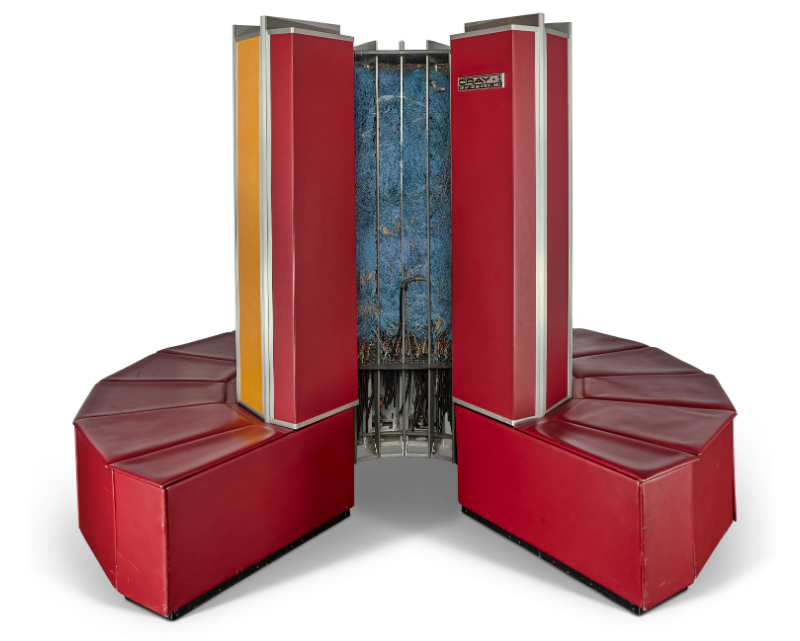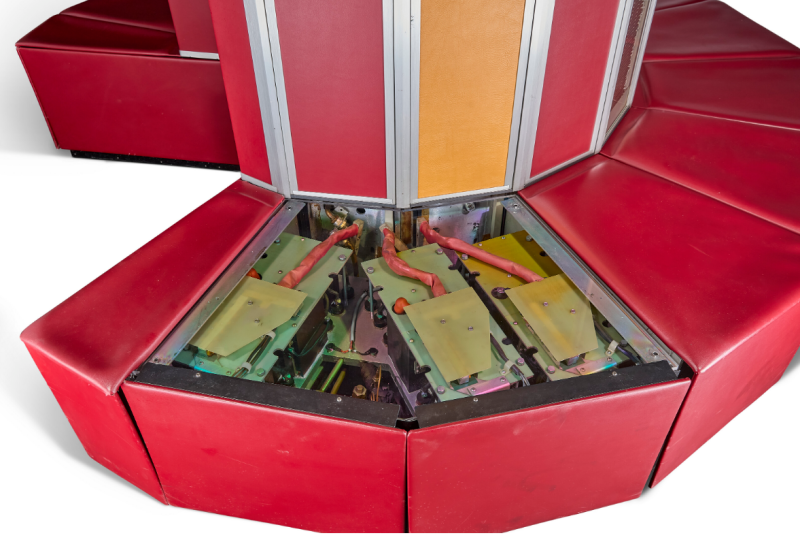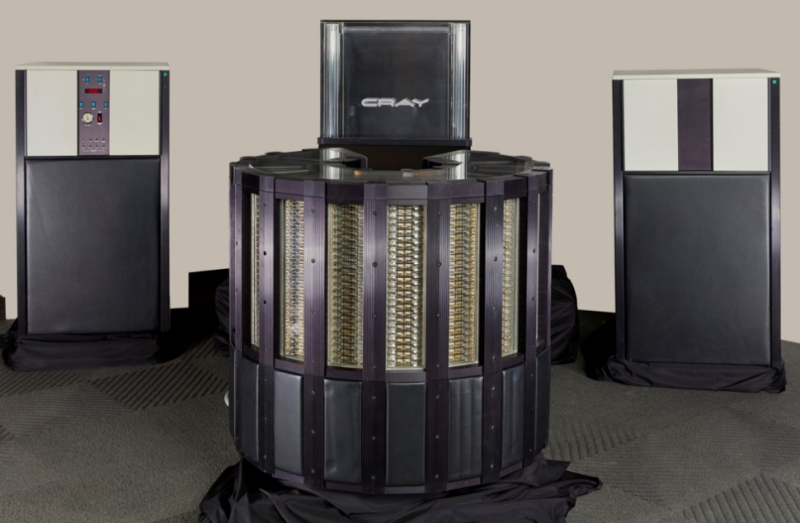Allen founded Microsoft with Bill Gates in 1975. In 1983, he left this corporation, taking up investing, and in 2011 he became one of the founders of Stratolaunch Systems. Allen passed away in 2018 at the age of 65.

Only about 80 examples of the Cray-1 were built during production. The auctioned system was taken out of service and used as a demonstration unit for Cray Research. It is one of only seventeen examples believed to survive today. And this is the first Cray-1 supercomputer put up for auction. The estimated cost of the lot is $150–$250 thousand.

The collection also includes the 1985 Cray-2 supercomputer. Like its predecessor, this system has a cylindrical C-shape. The complex, with a price of about $16 million at the time of release (now it is about $47 million), provides performance of 1.9 Gflops. A total of 25 of these supercomputers were sold. This particular model, sold by REI, is considered the longest-lasting Cray-2 system, having been retired in 1999. The auction price is expected to be in the range of $250-$350 thousand.
The 1967 CDC 6500 supercomputer, which is estimated at $200–$300 thousand, will also go under the hammer. It was the first system capable of executing 1 million instructions per second. Initially, its price was $8 million (almost $75 million in modern currency). Several mainframes are up for auction: among them are the DEC PDP10 KA10 and KI10 manufactured in 1968 and 1974, respectively, as well as the IBM 7090 from 1959.

Up for auction are a variety of desktop computers (such as the Xerox Star 1108 Personal Computer), early Apple computers, the World War II Enigma encryption machine, microcomputers (such as the SOL-20 Terminal Microcomputer and MITS Altair 8800b Microcomputer), the Kenbak-1 digital computer, Paul Allen’s Compaq personal computer and many other items of historical value. Also up for auction are Microsoft records, works of science fiction, a Titanic lunch menu, a meteorite, a letter from Albert Einstein to President Roosevelt warning about the dangers of nuclear weapons, and a space suit worn by astronaut Ed White in 1965.